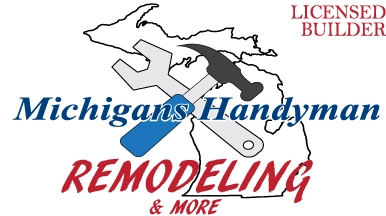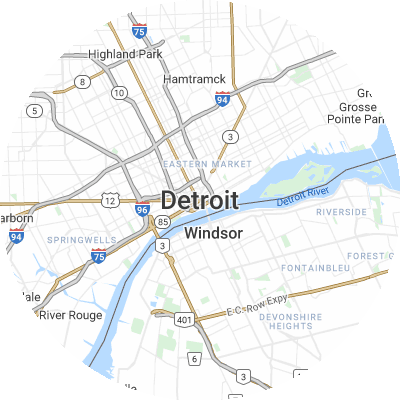Signs You May Need Gutter Guards
While gutter guards aren't always needed, indicators of clogged gutters are clear. Some indicators of persistent gutter problems include:
- Visibly saggy, damaged, or misaligned gutters that no longer correctly direct rainwater
- Frequent clogs that lead to overflow and water spilling over gutters
- Soggy ground or visible erosion around your home's foundation
- Mold growth, interior wall stains, or peeling exterior paint on walls near gutters.
- Leaky joints or seams where water leaks out of gutters
How To Choose a Gutter Guard Installer
Assess Their Experience
When choosing an installation company, look for one with years of experience and knowledge about numerous brands and guard types. A company with experience will understand how to measure and fit gutter guards for your specific needs. Inquire about a provider's years of experience and request referrals from local customers.
Verify Proper Licensing and Insurance
Confirm that the providers you're considering have valid licenses, bonds, workers compensation coverage, and general liability insurance. This safeguards you in case of injuries or accidents that could arise. Ask potential providers for current licensing and insurance papers.
Choose Reputable Brands
Look for installers that offer leading trusted gutter guard brands such as LeafFilter and Gutter Helmet. Steer clear of companies that only offer their own off-brand products or generic no-name guards. These lesser-known products may not have the same level of rigorous testing as major brands.
Seek Custom Fit Services
For the best performance, guards should be measured and cut on your property to fit your gutters. Select a company that takes specific measurements and does custom cutting for guards for your home rather than using generic guards. Properly fitted guards won't have any gaps where debris can get trapped.
Examine Warranties
Leading gutter guard installers are typically backed by 20-year or lifetime warranties that cover rust, clogs, leaks, and other defects. Before choosing a provider, closely inspect its warranty terms on materials and workmanship guarantees. Warranties are the best way to protect your gutter investment.
Check Reviews and Referrals
Be sure to check online reviews on Yelp, the Better Business Bureau (BBB), Google Reviews, and other review sites to read customer feedback. Ask neighbors which companies they recommend for quality local gutter guard installation. When researching, look for providers with a history of steady positive reviews rather than just a single recommendation.
Types of Gutter Guards
The six most common types of gutter guards are as follows:
- Foam guards are lightweight and easy to install. This type of guard catches debris on the foam and keeps it out of your gutter. Foam guards cost around $2.45 per linear foot.
- Brush guards are made of large brush bristles that are installed in your gutters, catching debris while allowing water to pass through. Brush guards cost around $4.03 per linear foot.
- Screen guards have large holes that let water flow through while keeping debris out. Screen guards cost around $4.00 per linear foot.
- Mesh guards stop debris but allow water to flow through. Mesh guards have even smaller holes than screen guards. They're durable and allow debris to slide off rather than sitting on top of the gutters. Mesh guards cost around $3.83 per linear foot.
- Micro-mesh guards have even smaller holes than mesh guards, letting even less debris into your gutters than mesh. They are very effective. Micro-mesh guards cost around $4.93 per linear foot.
- Surface tension guards, sometimes called reverse curve guards, use surface tension to encourage debris to slide off while water flows into the gutter. They are often visible from the ground. On average, you can expect to pay $2.96 per linear foot for surface tension guards.












